Starting With Setting
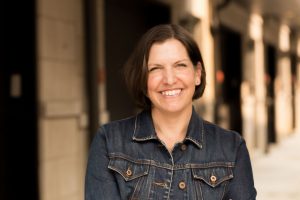 As a reader, I want books to transport me out of my own bubble to somewhere else, whether that’s a different city or country, a different time period, or a character’s socio-economic or professional world. I think a lot of us read books for that very reason—setting.
As a reader, I want books to transport me out of my own bubble to somewhere else, whether that’s a different city or country, a different time period, or a character’s socio-economic or professional world. I think a lot of us read books for that very reason—setting.
As a writer, I prefer to begin with setting before plot or character. In my first book, I set the book in a city that I am very familiar with—Philadelphia, where I live. But the story is also very much about the world of interior design, something about which I knew very little, but was very curious. I started writing my second book during the winter of 2017 and was eager to take my mind someplace that could get warm in February.
The entertainment industry fascinated me as well, so why not set the story in Hollywood? Boom. That’s how Daytime Drama started. My third book that I’m revising now takes place in the world of girls’ and women’s soccer. It’s also a novel about small town secrets. In all three of these books, the world allowed me, the author, a way into the story.
A novel isn’t really about the setting. Designer You wasn’t about the DIY design world, but about a mother and daughter finding a way to heal together and rebuild their life after the death of their husband/father. Daytime Drama may be set in the soap opera world, but the story is really about finding the courage to reinvent who you are professionally and personally when the rug gets pulled out from under you.
So why begin with setting if that’s not what the story is about? Setting helps shape how we tell the story. Setting informs both the plot and the characters who inhabit it. Time, for instance, introduces differences in language, social and political mores, technology, dress, etc. than what we’re used to now. Historical events add dimension that can greatly affect the plot (think about every WWII novel you’ve read and the war’s effect on each story) but don’t have to—these events can also live in the background and offer the writer a particular lens to view that world.
Location almost always informs story, whether it’s a well-known place such as Malibu or Mumbai or made up like a fictional small southern town or a planet in a different solar system. Sometimes the location is such a strong presence, it feels like another main character like the city of New York in Sex and the City.
For me, the socioeconomic world might be the most useful backdrop when crafting plot, character, and especially theme. Consider how a character’s station in life—their class, education, profession—influences their behavior. It’s huge. Someone who lives in abject poverty has very different needs over someone wealthy, which affects their decisions. And when writers want to raise the stakes, often what they have to gain or lose intersects with changing socioeconomic factors. Not only do they impact the characters’ actions, but also the plot—they can help move the story forward, provide conflict, and raise stakes.
Writers, how do you begin your stories? Do you start with setting? Or do you begin with character, plot? A line of dialogue? Something else?
—
Sarahlyn Bruck is the author of two novels, Daytime Drama (2021) and Designer You (2018). Designer You won the Indie Star Book Award for 2019 and was included on the 2018 “35 Over 35” list. When she’s not writing novels, Sarahlyn moonlights as a full-time writing and literature professor at a local community college. A California native, she now lives in Philadelphia with her husband, daughter, and cockapoo. For the latest book news, events, and announcements, check out her website.
Daytime Drama preorder: https://www.amazon.com/dp/
DAYTIME DRAMA
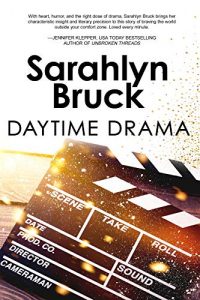 Soap opera star by day, harried, single mom by night, Calliope Hart’s life is a delicate balancing act. When the network cancels her show, Callie’s world crumbles and she must decide whether it’s more important to fight to save the show or take a risk and start over from scratch.
Soap opera star by day, harried, single mom by night, Calliope Hart’s life is a delicate balancing act. When the network cancels her show, Callie’s world crumbles and she must decide whether it’s more important to fight to save the show or take a risk and start over from scratch.
Advance Praise for DAYTIME DRAMA
“Bruck’s deft approach and keen eye for nuance is both clever and ultra-relatable, creating a story and characters that stay with the reader long after the book is done.” —Maureen Joyce Connolly, author of Little Lovely Things
“Bruck expertly navigates five different points of view, lending further depth to the plot and authenticity to her characters. Daytime Drama is highly enjoyable and memorable read guaranteed stay in readers’ hearts long after the final page. Highly recommend!” —Leanne Treese, author of The Language of Divorce
“You will love this book—women’s fiction at its best!” —Diane Byington, multi-award-winning author of Who She Is and If She Had Stayed
Category: How To and Tips






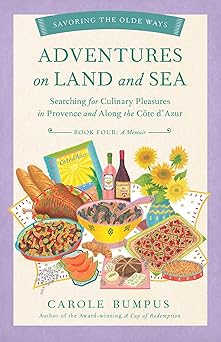
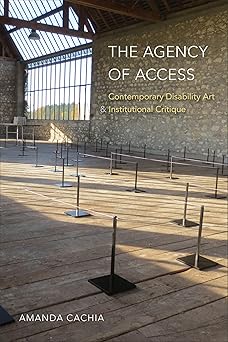
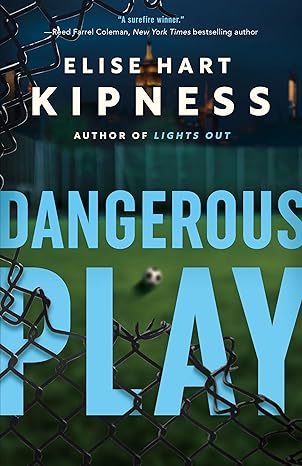
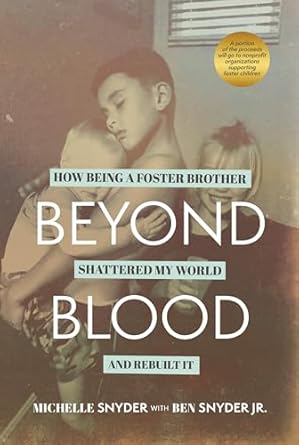
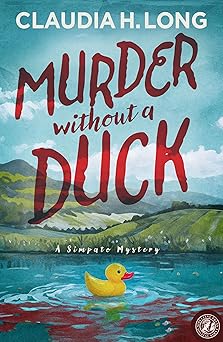
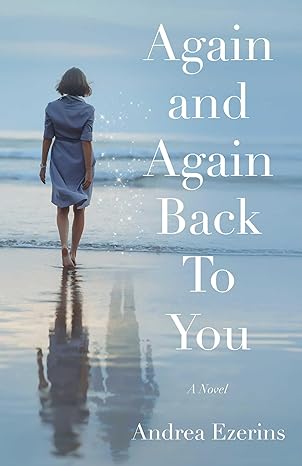

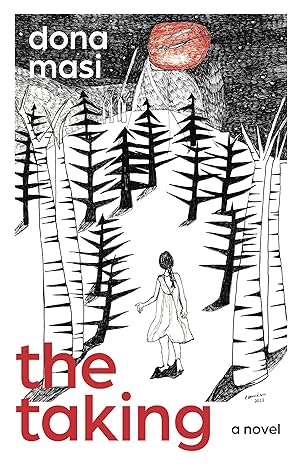
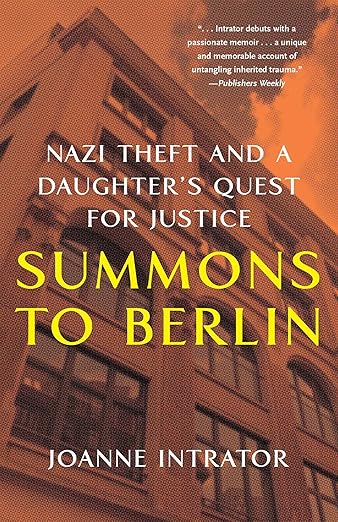


Thanks for an intriguing article. I can see the appeal of starting with setting, and your book is wonderful in that regard. I think I start with an idea of plot and then move quickly to setting–where would be the best place for that idea to take form? Best wishes on the book.
I’ve always started working on my novels by writing a sentence summary of the plot, then alternating between character development and plot structure.
This meant that I tended to discover a lot of basic things about the world that led to massive changes during the rewrite.
My system now is to build the basics of the world/setting even before I write the story’s summary sentence. Though I haven’t yet finished a first draft using this new system, writing has become a lot more fun and I’m more confident in what I’m creating.
So thank you for posting on this too-often negelected aspect of writing. The more said about its importance, the better.